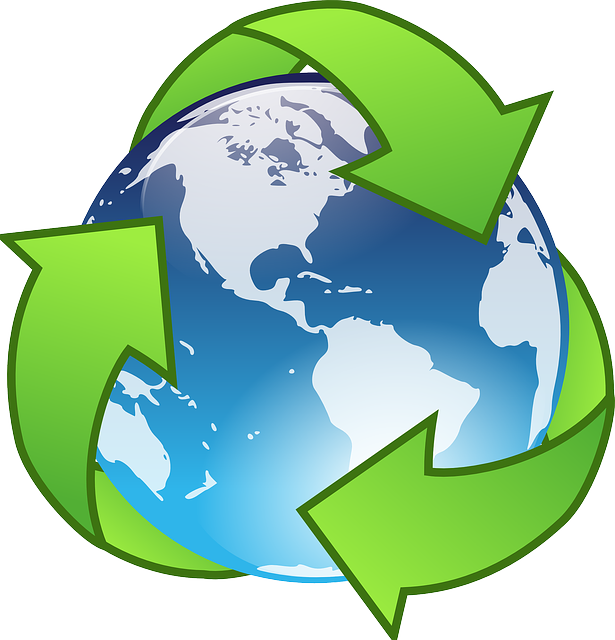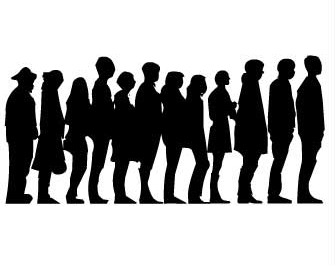[vc_row][vc_column width=”1/2″][vc_column_text]
Vietnam
Vietnam was the 45th largest economy by nominal GDP in 2018. GDP per capita was $2,564 USD. Since the start of economic reforms in 1986, Vietnam has enjoyed strong economic growth. Trade was 187.5 percent of GDP in 2018. Remittances were 6.5 percent of GDP. It was ranked 48th in the World Bank's Human Capital Index and 83rd in the Economic Complexity Index in 2017. It is a member of ASEAN. Services accounted for 41.2 percent of GDP in 2018, followed by manufacturing (16 percent), and agriculture (14.6 percent). The largest export sectors in 2017 were electronics (37.6 percent), textiles (21.9 percent), agriculture (11.2 percent), and machinery (9.45 percent). The largest individual exports were transmission apparatus for radios, telephones, and television (14.9 percent), electronic integrated circuits (6.64 percent), and telephones (6.39 percent). Its largest export partners were China (19 percent), the USA (17.66 percent), Japan (6.67 percent), and South Korea (5.86 percent). The largest import goods are electronic integrated circuits (12.94 percent), phones (4.88 percent), and refined petroleum (3.23 percent). The Han Chinese gradually asserted control over Vietnam from 220 BC. They maintained control until 938 AD. From 938 AD, Vietnam was ruled by several local dynasties with varying levels of control. These dynasties were interspersed by episodes of Chinese reassertion. In 1858, France invaded and incorporated Vietnam into Indochina in 1887. During WW2, the Viet Minh resisted the Japanese. After WW2, Ho Chi Minh declared independence but the French reasserted control. In 1954, the communists led by Ho Chi Minh defeated the French at Dien Bien Phu, which led to the withdrawal of the French. However, the country was divided north and south at the Geneva conference. North Vietnam wanted to reunite the country, but the US provided aid and arms to the South. By 1965, US involvement had turned into outright war, which ended with US troop withdrawal in 1973 and the fall of Saigon in 1975. The first decade after unification saw slow economic growth because of international isolation and conservative economic policies. Economic reforms, known as "Doi Moi" policy, began in 1986 and has led to strong economic growth in the last three decades. Real GDP growth averaged 6.6 percent between 1986 and 2018. Vietnam joined ASEAN in 1995 and relations with the US were normalised in the same year.
[/vc_column_text][vc_column_text] Its population in 2018 was 96,491,146 [1]
Its population in 2018 was 96,491,146 [1]
 In 2015, 35.00% of its total energy
In 2015, 35.00% of its total energy
consumption was renewable [2]
 In 2021, its GDP grew by 2.59% [2]
In 2021, its GDP grew by 2.59% [2]
 In 2021 it had a negative Current
In 2021 it had a negative Current
Account Balance of US$bn 1.76 [3]
 Its unemployment rate in 2021 was 2.70% [3]
Its unemployment rate in 2021 was 2.70% [3]
 Its Expenditure on R&D (as a percentage of
Its Expenditure on R&D (as a percentage of
GDP) in 2019 was 0.53% [2]
 A Big Mac will set you back the
A Big Mac will set you back the
local equivalent of US$2.80 [4]
What free trade areas or economic unions is it a member of?
Member of the Association of Southeast Asian Nations (ASEAN) since 28/07/1995
Other members:
Brunei Darussalam, Cambodia, Indonesia, Lao People's Dem. Rep., Malaysia, Myanmar, Philippines, Singapore, Thailand
What trade deals are there between Association of Southeast Asian Nations and other countries and economic unions?
ASEAN - Japan Comprehensive Economic Partnership (from 01/12/2008)
ASEAN - Australia - New Zealand Free Trade Area (from 01/01/2010)
ASEAN - China Free Trade Area (from 01/01/2010)
ASEAN - India Free Trade Area (from 01/01/2010)
ASEAN - Korea Free Trade Area (from 01/01/2010)
Free Trade Agreement between Hong Kong, China and the Association of Southeast Asian Nations (from 11/06/2019)
Member of the Comprehensive and Progressive Agreement for Trans-Pacific Partnership (CPTPP) since 30/12/2018
Other members:
Australia, Brunei Darussalam, Canada, Chile, Japan, Malaysia, Mexico, New Zealand, Peru, Singapore
What trade deals are there between Comprehensive and Progressive Agreement for Trans-Pacific Partnership and other countries and economic unions?
None
[/vc_column_text][vc_column_text]What trade deals are there with other countries and economic unions?
Japan - Viet Nam free trade agreement (from 01/08/2009)
Chile - Viet Nam free trade agreement (from 01/01/2014)
Korea, Republic of - Viet Nam free trade agreement (from 20/12/2015)
EAEU - VietNam Free Trade Agreement (from 05/10/2016)
UK - Vietnam Agreement (from 01/01/2021)
[/vc_column_text][/vc_column][vc_column width=”1/2″][vc_column_text]The Fog of War: The Tragic Triumph of Hope Over Experience – The Folly of Great Powers
Taiwan’s Chunghwa Telecom Takes Private 5G Tech to the Next Level
Vietnam – No Stopping Country on the Ascendancy
CFI.co Meets BSC Management Team: Expertise at the Helm
Ann Low, National Defense University: Excellence in Government through User-Centric Design
IFC: Corporate Governance Gains Prominence with the Forthcoming ASEAN Economic Community
World Bank: Asian Countries are among Top Achievers on Sustainable Energy Progress
World Bank: Vietnam Sees Early Signs of Economic Recovery
WB, Vietnam Sign US$ 500 Million Loan to Improve Energy Efficiency
World Bank Continues Support to Improve Vietnam’s Competitiveness with US$250 Million Credit
Trade with the United Kingdom
Source: UK Office for National Statistics, October 2022.
Contains public sector information licensed under the Open Government Licence v3.0.




























































































